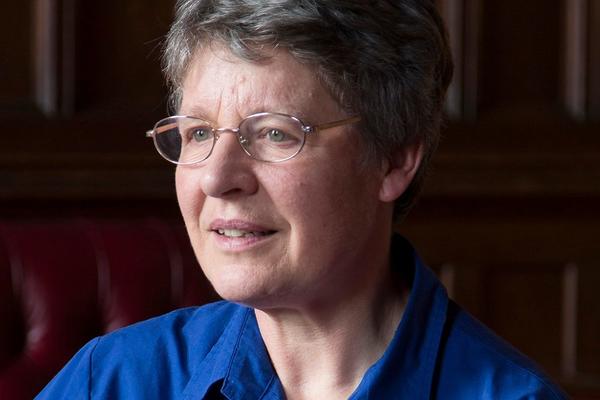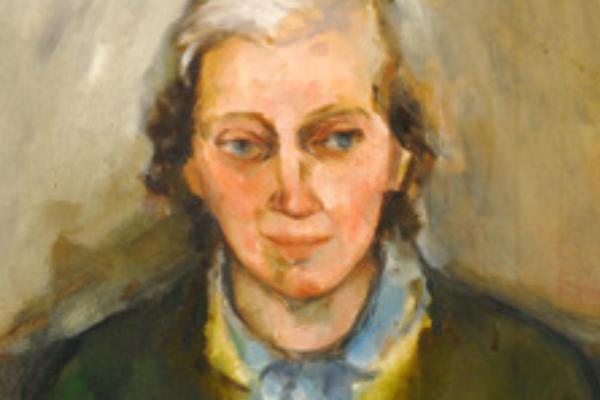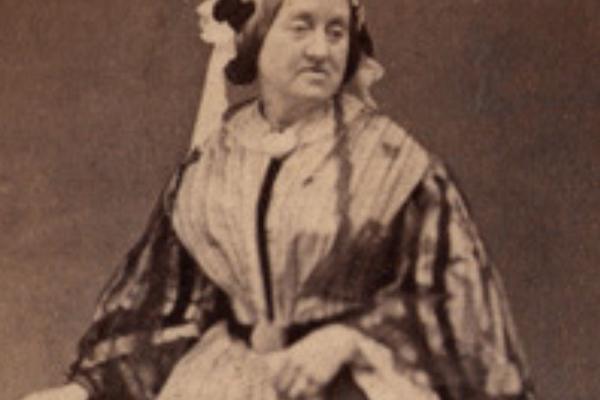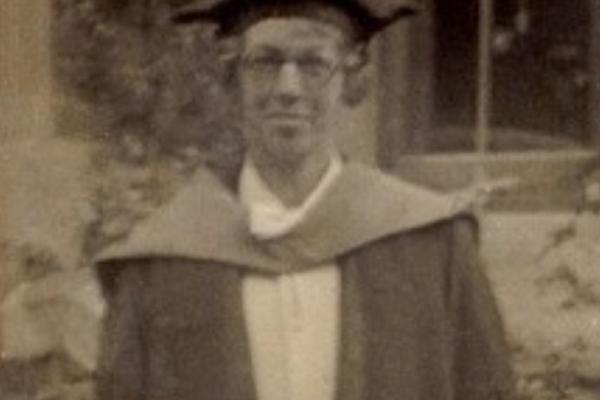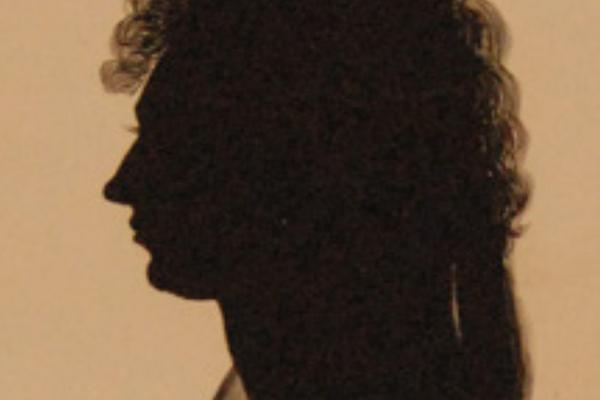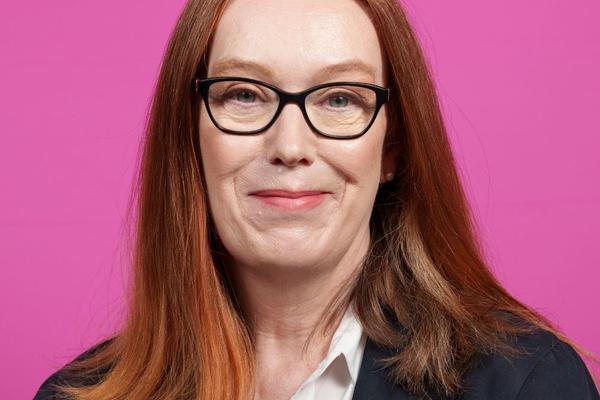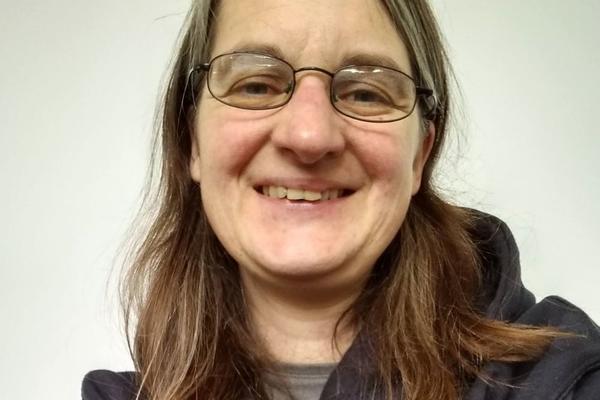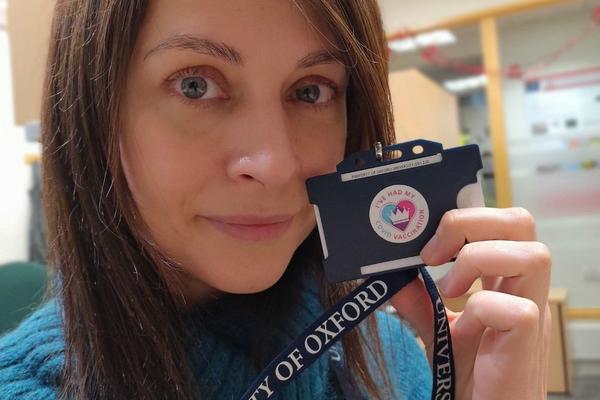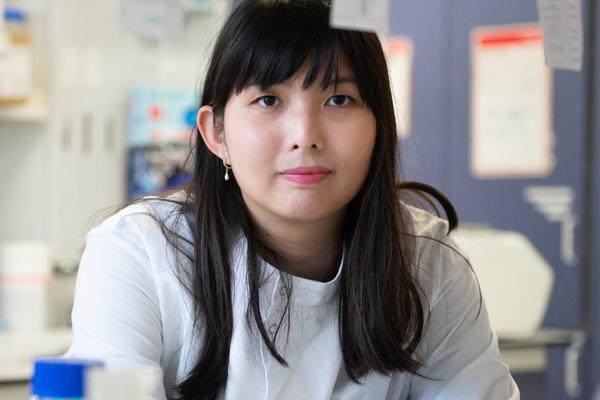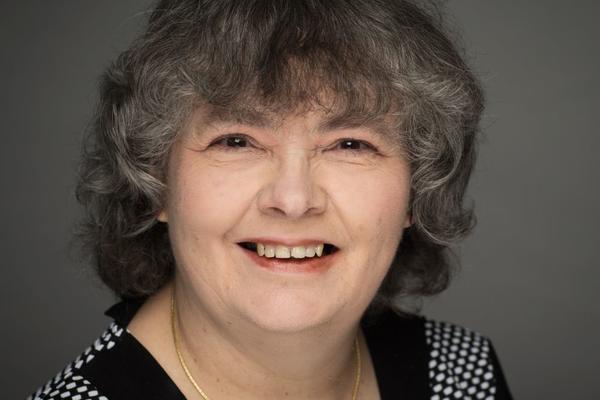Celebrating Women in Science
Discover the inspiring stories of women with an Oxford connection who led the way in scientific discovery
Choose a scientist to learn their story:
First to publish a book illustrated with photography
What if you were asked to save the world?
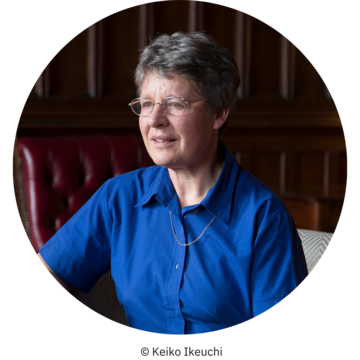
Professor Dame Jocelyn Bell Burnell
Discovered pulsars
Astrophysicist. 1943-
Jocelyn Bell Burnell is Visiting Professor of Astrophysics at the University of Oxford and a well-known ambassador for women in science.
In 1967, while working in radio astronomy for her Cambridge PhD, she discovered a pulsating radio source in the constellation Taurus.
This turned out to be the ‘Crab Pulsar’, a neutron star left behind from a supernova explosion.
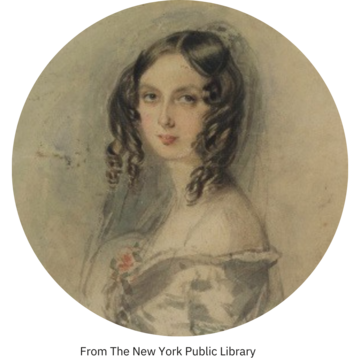
Ada Lovelace
Computer programming pioneer
Mathematician. 1815-1852
Lovelace was famous for her work on Charles Babbage’s Analytical Engine, an early design for a mechanical computer. She is sometimes — a little inaccurately — described as the first computer programmer, on the basis of an article she wrote with Babbage on his unbuilt Analytical Engine.
You can see parts of Babbage’s Difference Engine — a forerunner of the Analytical Engine — on display in the Top Gallery.
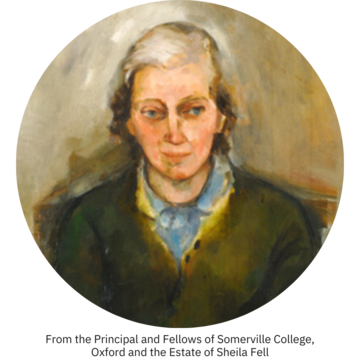
Professor Dorothy Crowfoot Hodgkin
Nobel Prize-winning Chemist
Crystallographer. 1910-1994
In 1964 Dorothy Hodgkin received the Nobel Prize in Chemistry for her work with X-ray crystallography to determine the structures of important biochemical substances.
This included penicillin and insulin. You can see her Model of the Structure of Penicillin in the Basement Gallery.
As of the start of 2022, she is the only woman from the UK to have won a Nobel Prize in the sciences.
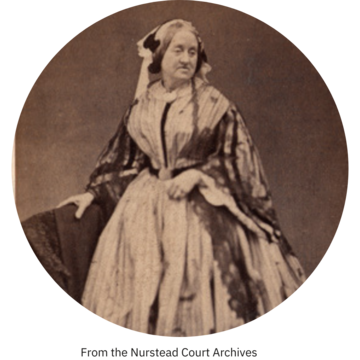
Anna Atkins
First to publish a book illustrated with photography
Botanist & Photographer. 1799-1871
Anna Atkins made cyanotype photograms by placing dried algae directly on cyanotype paper. She self-published her photograms, with handwritten text, in three volumes of Photographs of British Algae: Cyanotype Impressions between 1843 and 1853. It was considered the first book illustrated with photographic images — and the beginning of a revolution in publication and illustration.
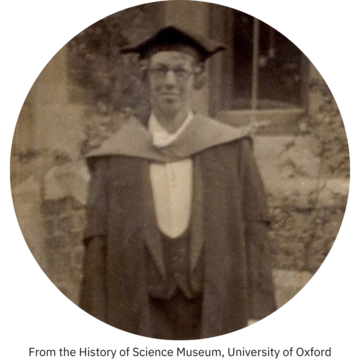
Ethel Bellamy
Analysed earthquakes and catalogued stars
Seismologist & astronomer. 1881-1960
Between 1912 and 1947, Ethel Bellamy worked at the Oxford University Observatory in South Parks Road. For over thirty years she collated, measured and corrected the observations sent in from hundreds of seismological stations around the world.
She eventually became editor of the International Seismological Summary.
She was also an astronomer and contributed to the Astrographic Catalogue, a huge photographic star catalogue.

Mary Somerville
Authority on mathematical astronomy
Mathematician & Astronomer. 1780-1872
Mary Somerville was the first female member of the Royal Astronomical Society, alongside Caroline Herschel. On her death, she was hailed as ‘The Queen of Nineteenth Century Science’ by the London Morning Post.
Her interests were wide-ranging, and included mathematics, astronomy, chemistry, geography, microscopy, electricity and magnetism.
Somerville College, Oxford is named after her.

Sarah Angelina Acland
Pioneer of colour photography
Photographer. 1849-1930
Sarah Angelina Acland was one of the most important photographers of the late Victorian and Edwardian periods and an early pioneer of colour photography.
She received international praise for her work using the Sanger Shepherd process. This is where separate photos are taken through red, green and blue filters and then combined to make one colour image.
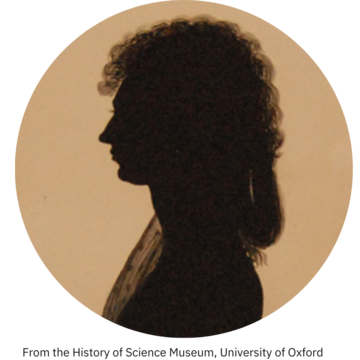
Caroline Herschel
Discovered eight comets
Astronomer. 1750-1848
Caroline Herschel was Britain’s first female professional astronomer.
She discovered eight comets, plus several new ‘nebulae’ (fuzzy objects in the night sky) and star clusters. Her discoveries of nebulae alerted her brother William Herschel to their importance. In 1798, she published her compilation of corrections to Astronomer Royal John Flamsteed’s great star catalogue under her own name.
What if you were asked to save the world?
Go behind the scenes with some of the women involved in developing the Oxford AstraZeneca vaccine during the COVID-19 pandemic.



